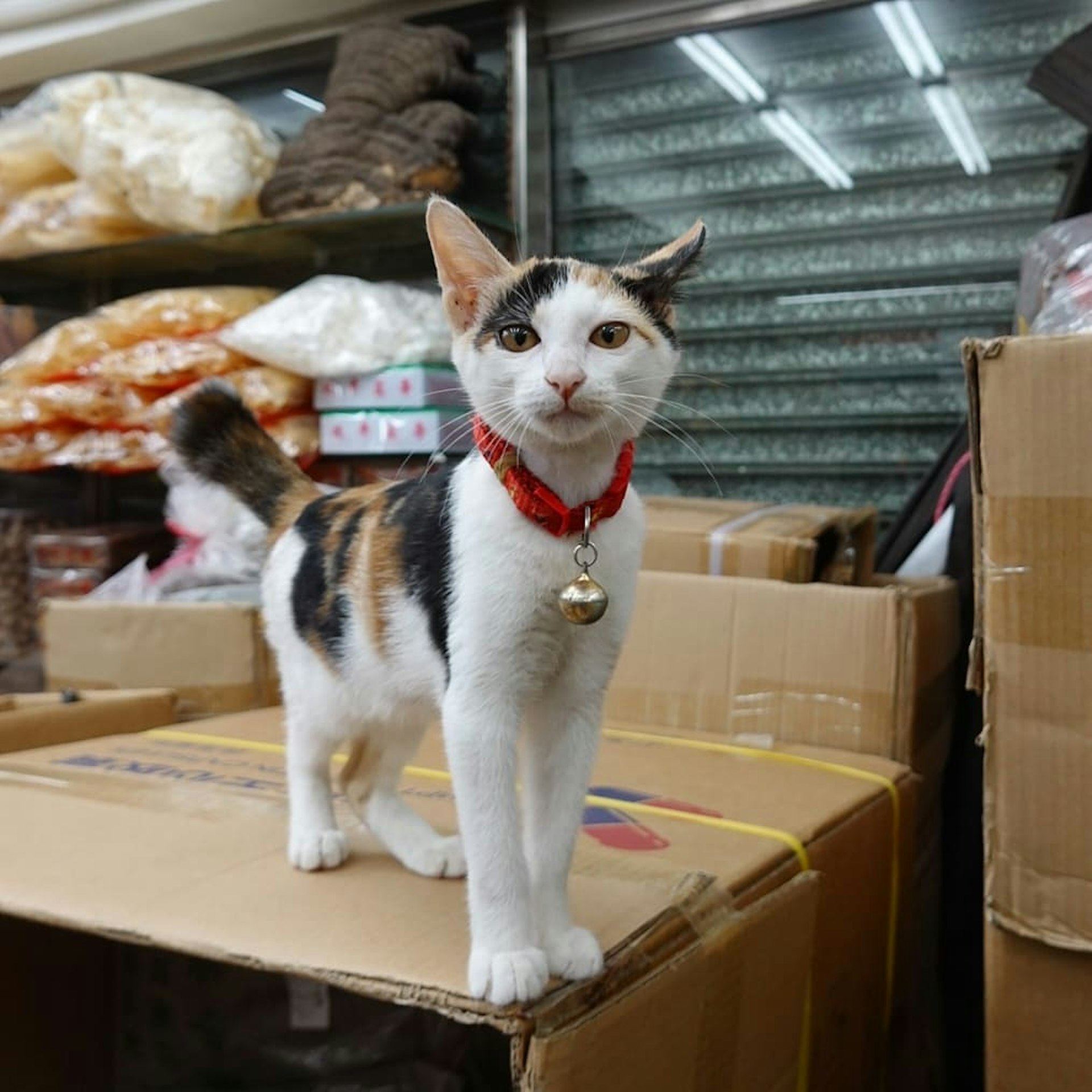Inside Oregon's only locked psychiatric facility for women

Ken Kesey’s groundbreaking novel One Flew Over the Cuckoo’s Nest was adapted for the silver screen in 1975, captivating audiences worldwide with its unflinching look at life inside the high security ward of a state mental hospital. That same year, American photographer Mary Ellen Mark was commissioned to do a story on the making of the film, which was shot on location at Oregon State Hospital. While there, she met the patients at Ward 81 – the state’s only locked psychiatric facility for women.
In February 1976, Mark spent 36 days living on Ward 81 with Karen Folger Jacobs, a writer and licensed therapist, to photograph and interview the women. Together they created Ward 81 – a compassionate chronicle and rare insight into the lives of women institutionalised for mental illness.
“I wanted to do an essay on the personalities of people who are locked away – to show a little bit of what they’re like, especially the women. I didn’t want to show them as exotically crazy,” Mark told Time in 1978, when the work from Ward 81 was first exhibited and published as a book.

Mary Iris dancing, Ward 81, Oregon State Hospital, Salem, Oregon, 1976.

Tommie covering her face, Ward 81, Oregon State Hospital, Salem, Oregon, 1976.

Mary Iris in bed, Ward 81, Oregon State Hospital, Salem, Oregon, 1976.
The work has largely gone unseen — until now. With the forthcoming book from Steidl and ongoing exhibition at The Image Centre, the women of Ward 81 return to view, their stories and experiences preserved in photographs, audio recordings and archival materials weaved together throughout the exhibition.
Mark and Folger Jacobs took care to avoid sensationalism, treating the women they encountered as complex individuals. “The approach they designed embodies the concept of care ethics, which emphasises, above all, that we exist in relationship to one another and can help each other meet basic needs and avoid suffering,” says co-curator Kaitlin Booher, Newhall Curatorial Fellow at the Museum of Modern Art.

Beth in “time out,” Ward 81, Oregon State Hospital, Salem, Oregon, 1976.
“After going through an extended process to get permission to photograph, they approached the women foremost by paying attention to them and getting to know them, and that translates into the work they produced,” Booher continues. “It’s clear from the audio tapes the women recorded, the cards and letters they wrote, and the level of intimacy revealed in the photographs that Folger Jacobs and Mark were not only accepted there – but they made an impact.”
After Ward 81 was published, Folger Jacobs joined President Jimmy Carter’s mental health task force, presented her findings, and argued that women did not receive the same levels of care and treatment afforded to men by the state.
Nearly half a century later, conversations about mental health have become more open, yet many stigmas persist, making the work Mark and Folger Jacobs did all the more resonant.

Mary Grace in bed, Ward 81, Oregon State Hospital, Salem, Oregon, 1976.

Mary Iris in Ward 81, Oregon State Hospital, Salem, Oregon, 1976.

Laurie in the Ward 81 bathtub, Oregon State Hospital, Salem, Oregon 1976.
“The idea was to provide a different perspective on mental health, and in particular how it affects women,” says co-curator Gaëlle Morel, Exhibitions Coordinator at The Image Centre. “Being able to experience an exhibition where the photographer tried a different approach (closeness, empathy, time) can guide us towards a better understanding and acceptance.”
Mary Ellen Mark: Ward 81 is on view through April 1, 2023, at Toronto Metropolitan University’s The Image Centre. Organized by The Image Centre, Toronto in collaboration with Falkland Road Inc./The Mary Ellen Mark Foundation, New York. The book will be published by Steidl in April 2023.
Enjoyed this article? Like Huck on Facebook or follow us on Twitter.
Latest on Huck

Analogue Appreciation: Emma-Jean Thackray
Weirdo — In an ever more digital, online world, we ask our favourite artists about their most cherished pieces of physical culture. Today, multi-instrumentalist and Brownswood affiliate Emma-Jean Thackray.
Written by: Emma-Jean Thackray

Meet the shop cats of Hong Kong’s Sheung Wan district
Feline good — Traditionally adopted to keep away rats from expensive produce, the feline guardians have become part of the central neighbourhood’s fabric. Erica’s online series captures the local celebrities.
Written by: Isaac Muk

How trans rights activism and sex workers’ solidarity emerged in the ’70s and ’80s
Shoulder to Shoulder — In this extract from writer Jake Hall’s new book, which deep dives into the history of queer activism and coalition, they explore how anti-TERF and anti-SWERF campaigning developed from the same cloth.
Written by: Jake Hall

A behind the scenes look at the atomic wedgie community
Stretched out — Benjamin Fredrickson’s new project and photobook ‘Wedgies’ queers a time-old bullying act by exploring its erotic, extreme potential.
Written by: Isaac Muk

“Welcome to the Useless Class”: Ewan Morrison in conversation with Irvine Welsh
For Emma — Ahead of the Scottish author’s new novel, he sat down with Irvine Welsh for an in-depth discussion of its dystopic themes, and the upcoming AI “tsunami”.
Written by: Irvine Welsh

“Struggle helps people come together”: Sharon Van Etten & The Attachment Theory
Huck’s February interview — To hear more about the release of the indie darling’s first collaborative album, we caught up with her and Devra Hoff to hear about the record, motherhood in music and why the ’80s are back,
Written by: Isaac Muk